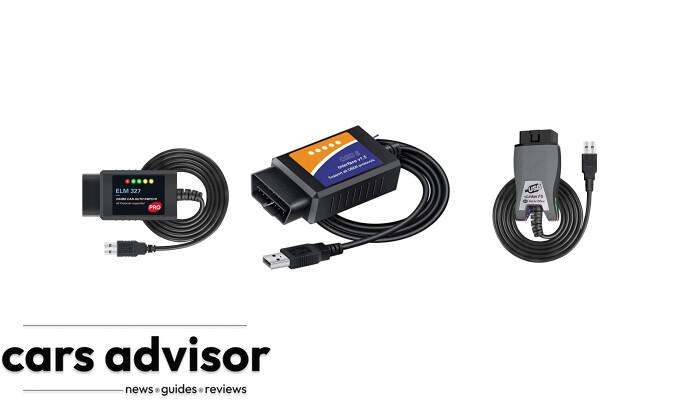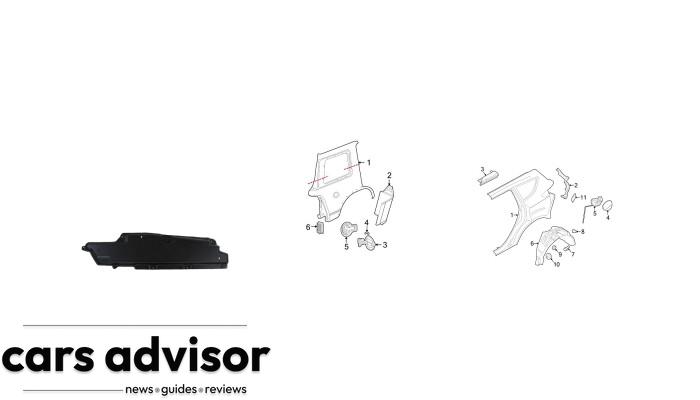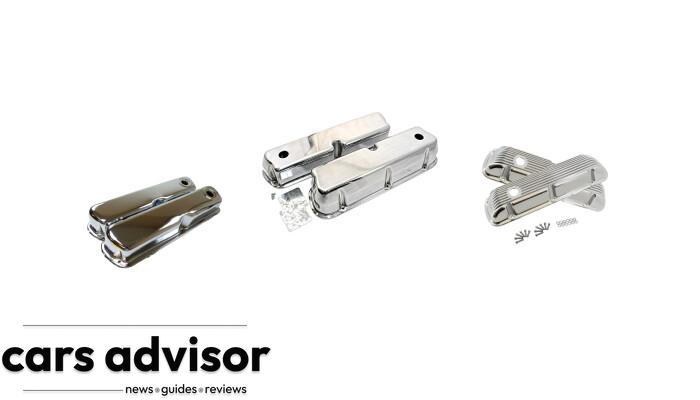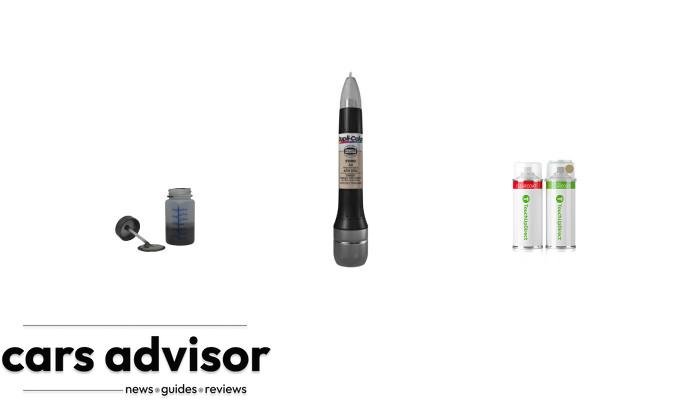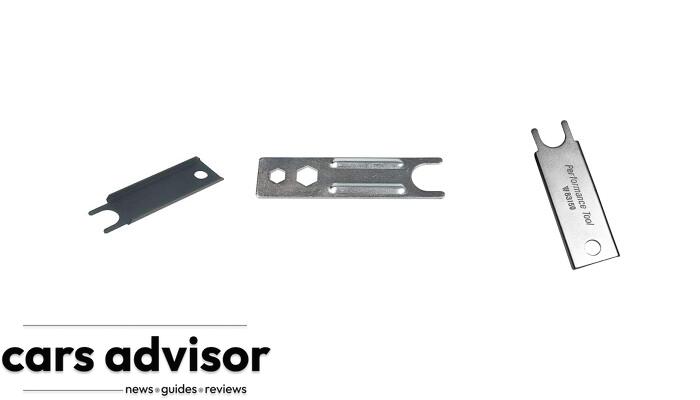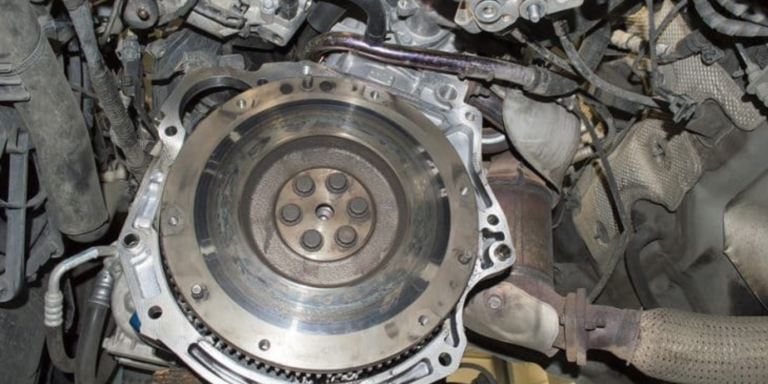Dealing with a broken spark plug can be a frustrating and daunting experience for any car owner. But fear not, because in this blog post, we’ll walk you through the process of removing that pesky broken spark plug safely and effectively.
We’ll cover the common reasons why spark plugs break, various methods for extraction, and when it’s best to seek professional help. So buckle up and let’s get your engine back in top shape! Read on to learn how to remove a broken spark plug like a pro.
TLDR
1. Using an extraction bit is the most common way to remove a spark plug that has broken off above its hex head.
2. Spraying lubricant, like WD-40, around the spark plug can help loosen it for easier removal.
3. An extractor tool can make removing broken spark plugs quick and easy.
4. Holding the ratchet and tool assembly horizontally while removing a broken spark plug is important.
5. It is important to find and remove any broken pieces of the spark plug and clean the area.
6. Excessive force when removing a spark plug can cause it to break off.
7. An extractor tool can be used to remove a stripped or broken spark plug.
8. Fixing the plug hole is important after removing a stripped or broken spark plug.
9. Cost to remove a broken spark plug may vary depending on the situation.
Understanding The Problem: Why Broken Spark Plugs Happen
Broken spark plugs happen due to over-tightening, old and worn out spark plugs, or using the wrong socket size for your vehicle.
Over-tightening The Spark Plug
Over-tightening a spark plug is one of the most common reasons it may break during removal. When you apply excessive torque while installing the spark plug, it can lead to overstressing its metal shell and cause damage to both the plug threads and those in the engine block. Furthermore, over-tightened plugs are more likely to expand under heat, making them difficult to extract later on without breaking.
To avoid this problem, always use a torque wrench when tightening spark plugs and follow your vehicle manufacturer’s specifications for proper torque values. Keep in mind that if you’re working with an aluminum cylinder head, extra care should be taken not to exceed these limits as aluminum is softer than cast iron and more susceptible to thread damage. Additionally, make sure you’re using a lubricant like anti-seize compound on threads before installation – this will minimize friction and help prevent over-tightening issues down the road.
Old And Worn Spark Plugs
Old and worn spark plugs can be a common cause of broken spark plugs. Over time, the electrodes on the spark plug will wear down, making it harder to start your vehicle. When this happens, you may need to apply more force than usual when trying to remove the old plug. This increased pressure can lead to the head of the spark plug breaking off.
To prevent this from happening, it is important to replace your spark plugs regularly. Most manufacturers suggest replacing them every 30,000 miles or so. If you notice that your engine is running rough or has trouble starting up, it could be a sign that your spark plugs are due for replacement.
When removing an old and worn spark plug, be sure to use the correct size socket and bar for your vehicle. Applying too much force can cause damage not only to the plug but also to other parts of your engine. Using lubricant spray or penetrating oil around the base of the plug can also make removal easier while minimizing damage risk.
Using The Wrong Spark Plug Socket
Using the wrong spark plug socket can cause damage to your spark plug and make removal more difficult. Using a deep socket on a short or non-recessed spark plug may result in it being stuck inside the socket, making extraction nearly impossible. To avoid this issue, always use the correct-size socket for your spark plugs.
Additionally, using an impact wrench with a regular socket instead of a dedicated spark plug socket can lead to over-tightening and possible breakage of the spark plug. When tightening or loosening a spark plug, be sure to use the appropriate tool and apply only enough torque as specified by your vehicle’s manufacturer.
Remember that prevention is key – take note of which type of spark plugs are recommended for your vehicle and purchase them accordingly. Investing in quality tools also helps ensure successful removal without causing further damage.
In summary, using the wrong sized or inappropriate tool when working with spark plugs can lead to complications during their retrieval. Make sure you have all the necessary tools before beginning the process so you don’t end up creating new problems while attempting to solve one!
Methods For Removing A Broken Spark Plug
Three effective methods for removing a broken spark plug are using an Easy Out tool with penetrating oil, spraying lubricant into the hole, or using needle nose pliers for extraction.
Using An Easy Out Tool With Penetrating Oil
One effective method for removing a broken spark plug is by using an easy-out tool with penetrating oil. This method involves drilling a small hole in the center of the broken spark plug and then screwing in the easy-out tool, which has reverse threads that grip onto the metal of the spark plug. Applying a few drops of penetrating oil to the area can help loosen any debris and make removal easier.
It’s important to choose the right size easy-out tool for your particular vehicle, as well as be careful not to apply too much force when inserting or turning it. If you’re unsure about using this method, seek professional assistance from an auto mechanic or repair shop that will have experience dealing with removing broken spark plugs.
Overall, proper maintenance and care can prevent many issues with spark plugs in vehicles. Regularly replacing old or worn spark plugs with new ones can also help avoid future problems. Proper use of tools and lubricants during removal can ensure success in safely extracting broken spark plugs without causing further damage to your engine block.
Spraying Lubricant Into The Hole
One effective method for removing a broken spark plug is to spray a lubricant, such as WD-40 or PB Blaster, into the hole where the plug is located. This helps to loosen any debris and rust that may be preventing the spark plug from turning or coming loose. Be sure to spray enough lubricant around the base of the broken plug to allow it to penetrate deeply into the threads.
After spraying in lubricant, let it sit for several minutes before attempting to remove the spark plug with a socket wrench or pliers. You can also try gently tapping on the end of the spark plug with a rubber mallet while turning it counterclockwise. Remember not to use too much force as this can cause other issues like damaging parts of your engine block or making things worse.
Using lubricant is just one technique when it comes to safely and efficiently removing broken spark plugs from an engine head. If you’re still having trouble removing a damaged or stuck spark plug after trying these DIY methods, don’t hesitate to seek help from professionals who specialize in automotive maintenance and repair services.
Using A Needle Nose Pliers For Extraction
Another option for removing a broken spark plug is using needle nose pliers. This method can be effective if the broken piece of the spark plug is still visible and accessible above the cylinder head. However, it requires a steady hand and patience to avoid damaging the surrounding components or pushing the broken piece further down into the engine block.
To use needle nose pliers for extraction, first clean any debris around the spark plug with compressed air or a soft brush. Then, grasp onto the exposed portion of the broken spark plug with needle nose pliers and carefully turn counterclockwise to loosen and remove it. Be sure to apply gentle pressure and avoid pulling too hard, as this could cause more damage.
It’s important to note that using needle nose pliers may not be suitable for all situations or types of engines. If you encounter difficulty or are unsure about how to proceed, consider seeking professional help from an experienced mechanic.
Tips And Precautions For Successful Removal
To successfully remove a broken spark plug, make sure to soak the broken plug with penetrating oil, use the correct socket size and bar for your vehicle, and be gentle and steady with the removal process.
Soaking The Broken Plug With Penetrating Oil
One of the easiest ways to remove a broken spark plug is by soaking it with penetrating oil. This helps to loosen and lubricate the threads, making it easier to extract the broken piece. To do this, you can apply penetrating oil around the edges of the spark plug and let it sit for a few hours or even overnight. This will allow enough time for the oil to penetrate and work its way into any small cracks or crevices.
It’s important to note that using too much force when removing a broken spark plug can cause further damage. Therefore, soaking it in penetrating oil beforehand can help prevent this problem. Additionally, if you encounter resistance during removal, stop immediately and soak again with more penetrating oil before trying again.
When choosing a penetrating oil, look for one that contains strong rust inhibitors like acetone or xylene. These ingredients are effective at breaking down rust buildup which may be obstructing your ability to remove the broken spark plug easily. Soaking with these types of oils not only eases removal but also saves time and money on repairs in case things go south – especially as extraction methods can differ depending on vehicle make/model.”
Using The Correct Socket Size And Bar For Your Vehicle
Using the correct socket size and bar for your vehicle is crucial when removing a broken spark plug. Using the wrong size can lead to further damage to the engine block, resulting in costly repairs. Before attempting to remove a broken spark plug, it’s important to consult your vehicle’s manual or online resources to identify the correct socket size and bar needed for your specific make and model.
For instance, if you use a socket that is too small, it may not fit snugly over the spark plug, which could cause slippage during removal. On the other hand, using a larger socket can create unwanted space between the tool and spark plug’s hex head that may cause additional damage as you try to loosen or extract it. The correct size of socket helps ensure proper grip on the hex head of the broken spark plug for successful extraction.
Using an extension bar with your ratchet also provides leverage while removing a broken spark plug. However, be careful not to add excessive force while turning since this could break off any remaining parts of the spark plug or even snap off part of your tool assembly inside of its threads. With these tips in mind along with patience and persistence, you should have success in removing that pesky broken spark plug from your vehicle’s cylinder head!
Being Gentle And Steady With The Removal Process
When attempting to remove a broken spark plug, it is essential to be gentle and steady with the removal process. Excessive force can cause further damage to the engine block or cylinder head, costing more time and money in repairs. Using slow and steady pressure on the tool assembly while turning it counterclockwise will loosen the broken spark plug without damaging any surrounding parts.
It’s also important to stop immediately if there is any resistance or unusual sounds during removal. Applying too much pressure can cause further damage that may require professional help for repair. Remember, patience is key when removing a broken spark plug.
In addition to being gentle and steady, using an extractor tool along with penetrating oil will make extraction easier without causing additional damage. It’s crucial also to clean out any debris from around the area thoroughly after removing the broken plug pieces carefully. By taking these precautions, you’ll have success in removing broken spark plugs safely and effectively at home without needing professional help or an expensive repair bill later down the road.
When To Seek Professional Help
If the spark plug is deeply embedded or multiple spark plugs are broken, seeking professional help may be necessary. Additionally, lack of experience or proper tools can also warrant seeking assistance from an automotive expert.
Deeply Embedded Spark Plugs
Sometimes, a broken spark plug can be deeply embedded in the engine block or cylinder head, making it almost impossible to remove with basic tools. In such cases, seeking professional help may be necessary as removing a deeply embedded spark plug requires specialized equipment and expertise. Attempting to force out the broken spark plug without proper knowledge and tools can cause significant damage to your vehicle’s engine.
Moreover, if you are uncertain about how to work around an engine’s delicate components or lack experience working on engines, then hiring a professional is strongly advised. In such cases, experienced mechanics use extraction bits specifically designed for deep set spark plugs that enable them to grip onto the end of the stubborn plug and pull it out slowly without causing further damage. Seeking expert assistance will likely save you time and money by avoiding costly repairs caused by inexperienced attempts at removing the deeply embedded spark plug yourself.
Multiple Broken Spark Plugs
If you find that more than one spark plug is broken, it may be a sign of a larger issue. Multiple broken spark plugs can indicate excessive force was used during installation or removal, or there may have been an issue with the engine’s performance causing stress on the spark plugs. In this case, it may be best to seek professional help from an auto mechanic to diagnose and fix any underlying issues before attempting to remove the broken spark plugs.
Attempting to remove multiple broken spark plugs without proper knowledge and tools can cause further damage to the engine or make repairs more costly in the long run. A professional mechanic will have the experience and equipment necessary for extracting multiple broken spark plugs safely and efficiently, as well as preventing future occurrences through proper maintenance techniques such as checking torque specifications and using anti-seize compound.
Overall, while removing one broken spark plug can be done by a DIY enthusiast with basic mechanical skills, tackling multiple breaks requires specialized knowledge that only comes with years of experience working on engines. When in doubt, consult with a professional mechanic who can help diagnose issues and provide solutions for effective and safe repair work.
Lack Of Experience Or Tools
Removing a broken spark plug can be a challenging and time-consuming task without proper knowledge and tools. Lack of experience or the right tools can lead to further damage to your engine, making the situation worse. In some cases, it’s better to leave it to the professionals.
Trying to remove a broken spark plug without proper knowledge can cause irreparable harm to your engine block or cylinder head. Additionally, using incorrect tools can make matters worse by causing more significant damage than what was initially there. It’s essential always to use the correct socket size and bar for your vehicle when removing a stuck spark plug.
If you lack experience in removing broken parts from an engine, seek professional help instead of trying on your own. Professionals have years of experience in repairing engines and know how to extract broken spark plugs safely without damaging any surrounding components. Ultimately leaving this job up to experts may save you money down the line if you accidentally worsen an already difficult issue while attempting repairs on your own.
Conclusion
Don’t let a broken spark plug leave you stranded or paying for costly repairs. With the right tools and some know-how, removing a broken spark plug can be done at home.
Remember to use penetrating oil and take your time with the process. Don’t hesitate to seek professional help if needed, especially when it comes to deeply embedded or multiple broken spark plugs. Take care of your engine by regularly checking and maintaining your spark plugs, ensuring optimal performance of your vehicle.







